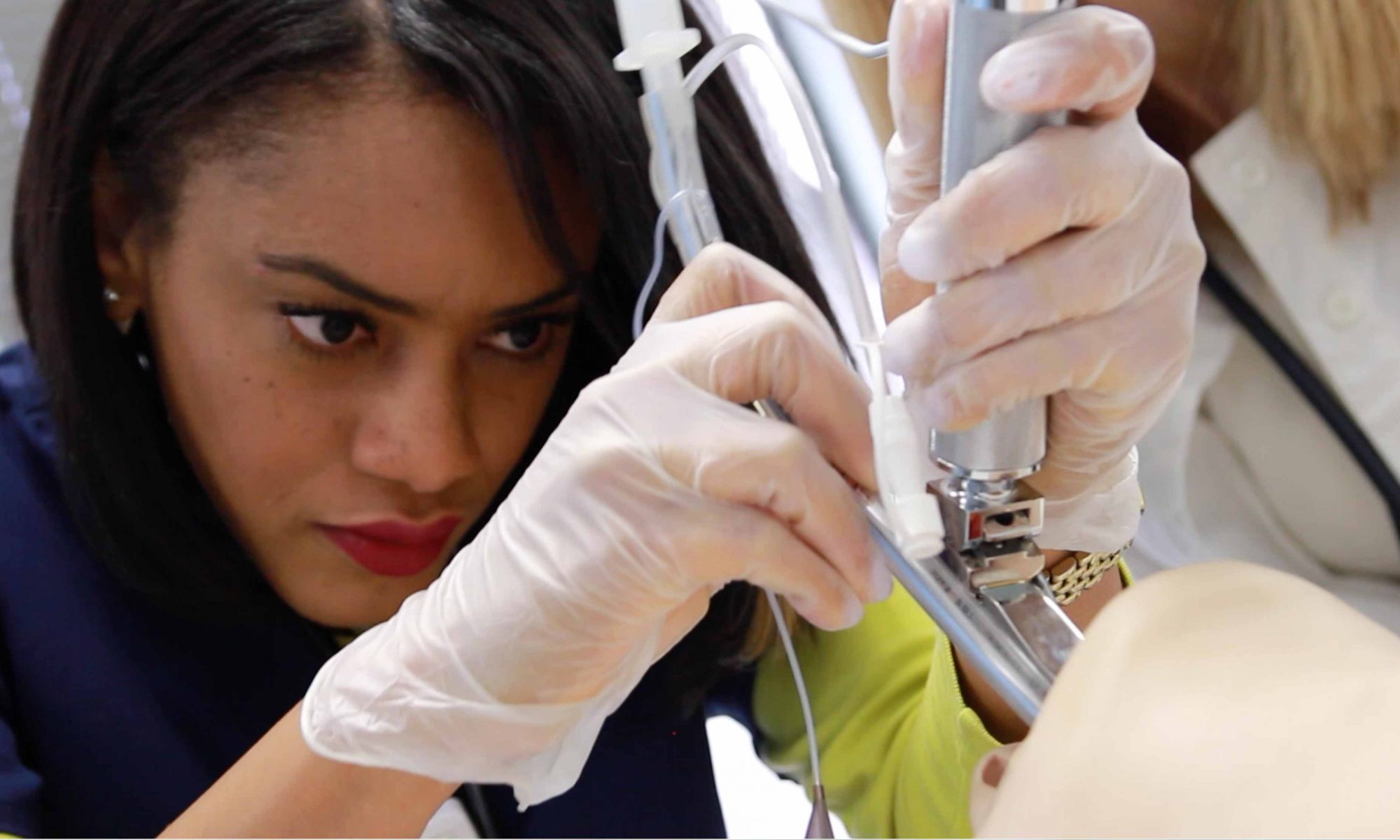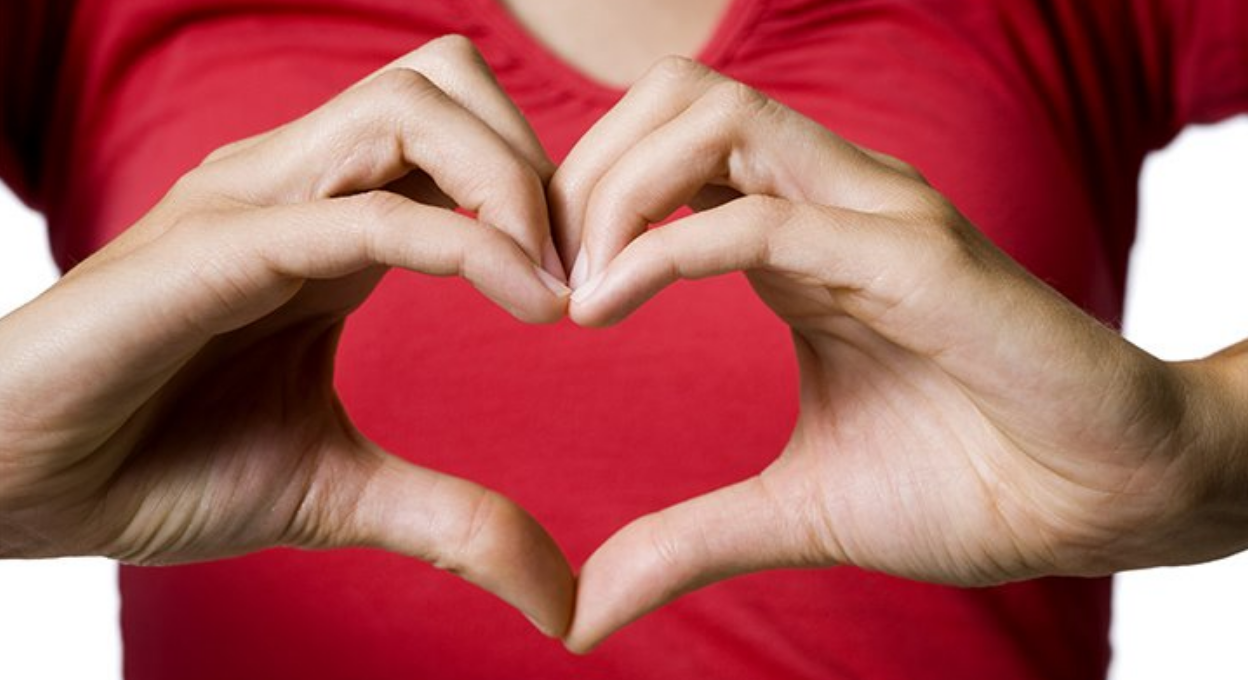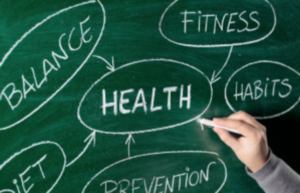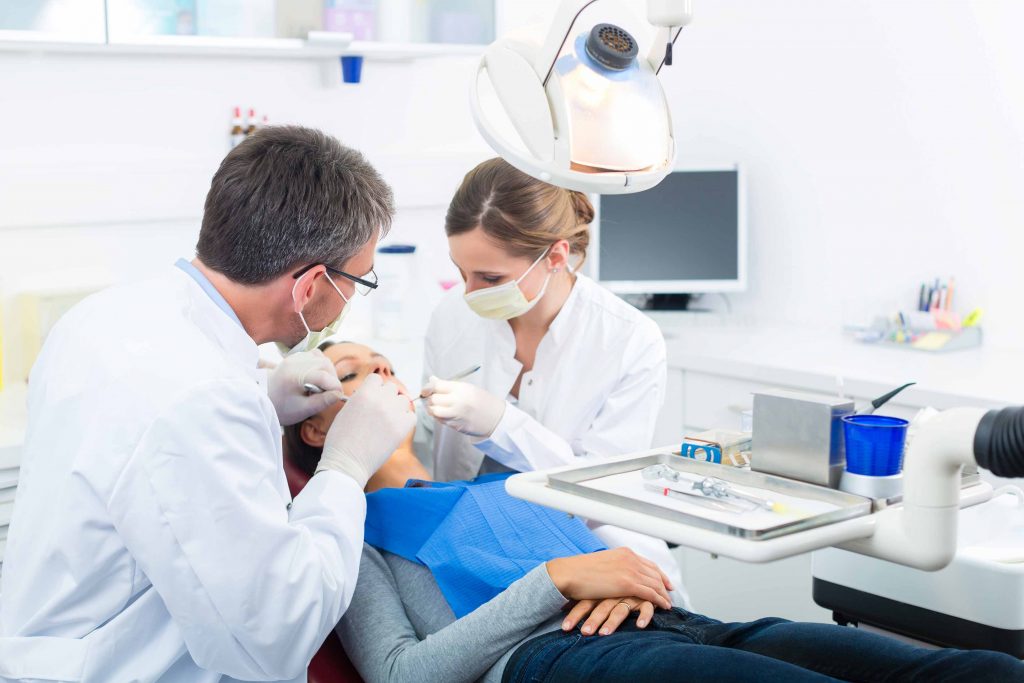
A Trade Career can be lucrative and rewarding. Teens need to know there are alternatives to 4 year colleges. In fact, studies are showing that there are more opportunities for skilled trade today than ever before. Here is a great article written by Katie Bingham-Smith and published in Family Circle. Mandl School offers students an opportunity for a career focused education. The medical field is in need of employers and we offer specific training, certification prep, and degrees for some of the highest paying and most sought after careers in the US.
High paying jobs and opportunities.
High-paying jobs are available for students who choose trade school or vocational or technical education instead of bachelor’s degree programs.
My son is 15 and will be starting his junior year of high school in the fall. The talk of going to college is buzzing all around while no other options are even suggested half as much. There seems to be such a stigma around not going off to school to earn a bachelor’s degree, and I don’t think this is fair to our kids.
My son probably won’t go to college, at least not right away.
While I am still going to take him to visit schools to make sure it’s not what he wants to do straight after graduation, it might not change his mind about what he wants to do. For now, he feels like he wants to be a plumber like his father, and we both think that’s great.
When he was younger, he watched his dad go to work in a big truck that had different compartments and held fittings, long copper pipes, and cool PVC things that fit together like a puzzle. He loved helping him clean and organize it.
He’d take a screwdriver or wrench and sit with him under sinks when we’d drop off donuts at a job site.
As he’s gotten older, he’s gone to work with him over the years and learned how to install radiant heat, faucets, and toilets.
A Career Training education is hands on.
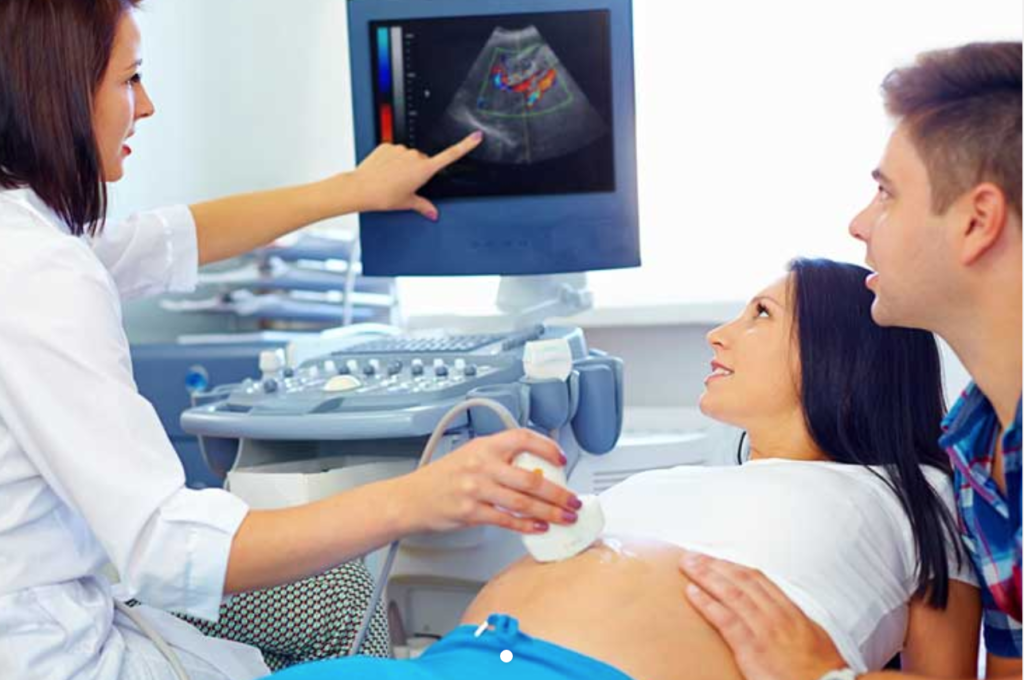
My son likes to do manual labor and work hard. He’s always been happiest when he is moving his body and hates sitting in a classroom all day. The thought of going to another four years of school after graduating makes his stomach turn.
Knowing that, and seeing how his father has struggled to find good employees that know the plumbing trade, or want to work hard to learn it, has made me realize we really need to be presenting the trades as a promising career path to our kids, because they have so much to offer.
College is being shoved down their throats, and all the other options take a back seat or aren’t presented at all.
Our teens should at least know there is always a need for carpenters, plumbers, and electricians. In fact, a plumber once told me in good times, people buy and build new. And in bad times, they still need their homes to be standing and functioning properly so they hire trades-people to repair broken things—people will always need to use the bathroom and have running water.
My son’s dad has never been at a loss for work. He supported a family of five on one income by running a good plumbing business. In fact, he’s had to turn a lot of work away as he’s always had more work than he can handle.
He’s also mentioned when he does call people back to schedule a service call, they are so relieved because it’s impossible to get a plumber to come to their house.
Trades schools are a lot less expensive than four-year colleges, and lots of companies are willing to train the right person with the right work ethic. Many of our kids can get into a lucrative career, start earning money, and learn great skills right out of high school without taking on much (or any) debt.
This can allow them to earn great money to think longer and harder about what they want to do while gaining the knowledge that will help them later in life; learning to fix something yourself can save thousands a year.
Life Opportunities
Maybe they want to save for school and go later after they have gotten a feel for earning a living. Perhaps they want to work for a bit and earn enough money to travel. There is also the option to work during the day and take classes at night a bit at a time and pay as they go.
I also can’t count the times I’ve tried to find a good handyman, and when I do find one, he is usually straight out because he has so much work and has a hard time hiring someone to help him.
The trades are such a wonderful option for our kids. They are needed, they pay well, and the skills learned will be carried throughout a lifetime. The facts should be presented to them earlier in their life so it at least gets their brains wrapped around what a great way the trades can be to make a living.
Contact Mandl Today!
Contact us today to learn more about how a two year degree from Mandl can prepare you for a lucrative and lasting career that can open doors to many professional and life opportunities.
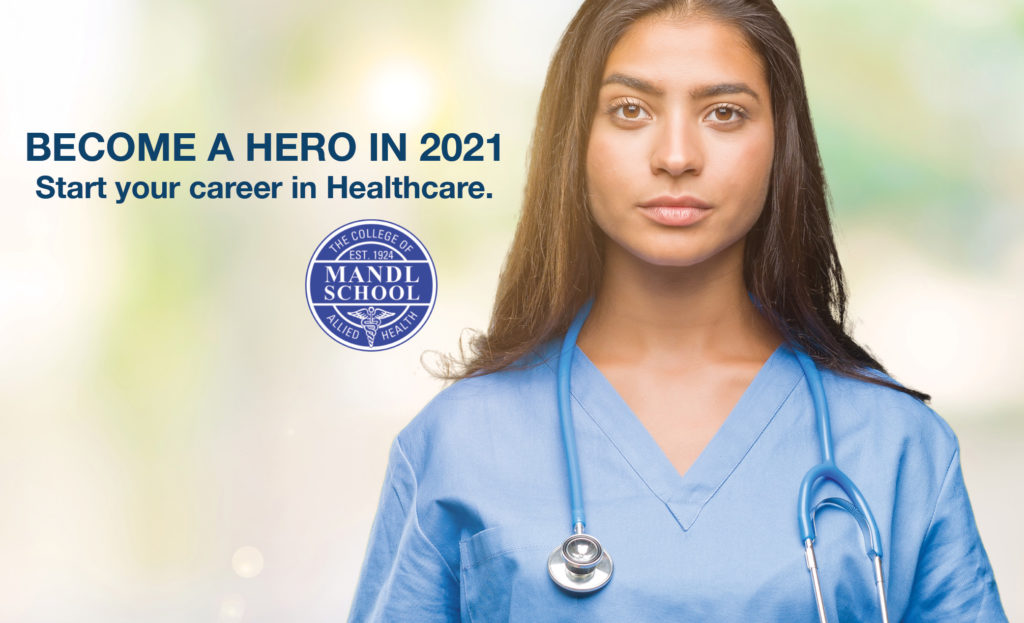
 Mandl School
Mandl School